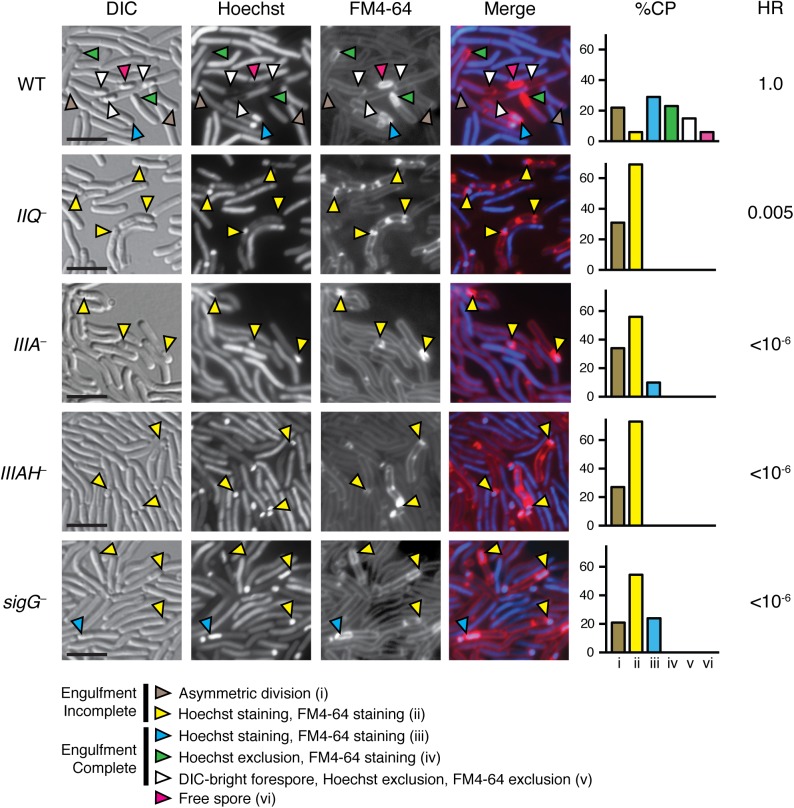Fig 1. C. difficile spoIIQ, spoIIIA, and spoIIIAH mutants are defective in engulfment and mature spore formation.
C. difficile strains wild type (WT), spoIIQ −(IIQ –), spoIIIA −(IIIA –), spoIIIAH −(IIIAH –), and sigG −were grown on sporulation media for 20 hrs and evaluated by live differential interference contrast (DIC) and fluorescence microscopy. The nucleoid was stained with Hoechst (blue) and membranes were stained with FM4-64 (red). Hoechst appears to be excluded after coat surrounds the forespore [76], while FM4-64 is excluded after membrane fission has occurred at least in B. subtilis [77]. Brown arrows designate cells at asymmetric division (flat polar septa); yellow arrows designate forespores that have not completed engulfment, although they stain with Hoechst and FM4-64; blue arrows designate cells that have completed engulfment and stain with both Hoechst and FM4-64; green arrows designate forespore compartments that have completed engulfment and exclude Hoechst but stain with FM4-64; white arrows designate forespores that have completed engulfment and exclude Hoechst and FM4-64; pink arrows designate free spores. Free spores were not observed in any of the mutant strains. Cell phenotype percentages (%CP) were determined from analyzing 100 sporulating cells. The efficiency of heat-resistant spore formation (HR) was determined for each strain relative to WT across three biological replicates. Scale bars represent 5 μm.

